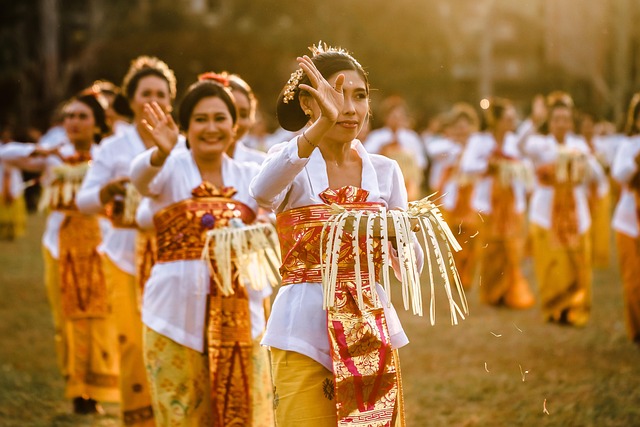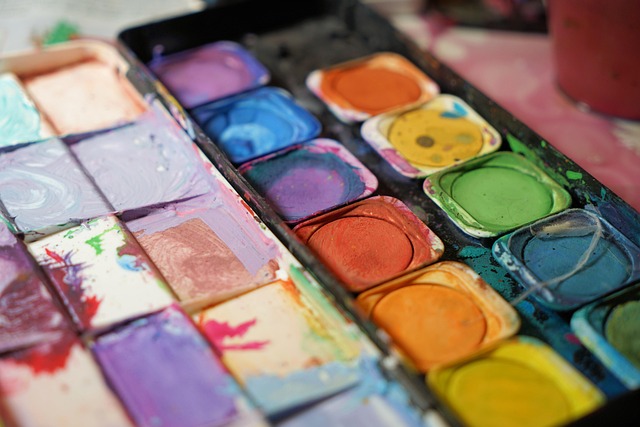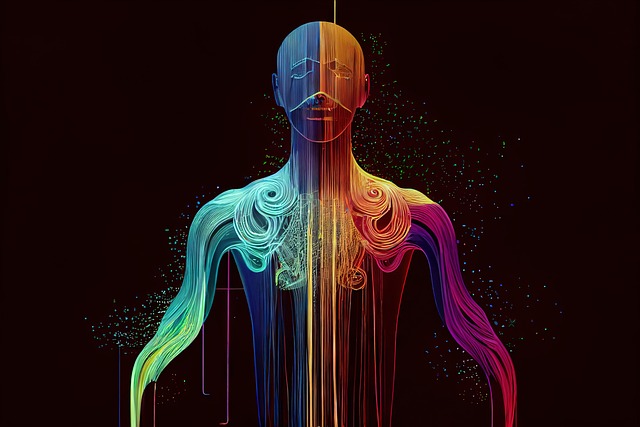Embracing Tradition: Exploring Traditional Art in Graphics
In a world increasingly influenced by digital innovation, it is essential to pause and appreciate the roots of creativity that have shaped our understanding of art and design. Traditional art is more than just a technique; it encompasses the cultural narratives and expressions that have stood the test of time. As we delve into the realm of graphics, the integration of traditional art forms offers a unique lens through which we can reimagine contemporary design.
The Essence of Traditional Art
Traditional art serves as a powerful bridge, connecting us to our heritage and the communities from which these art forms arise. The intricate brushstrokes of a painting, the vibrant patterns of textiles, and the delicate carvings of woodwork all tell stories that reflect the values, beliefs, and experiences of their creators. Each piece steeped in tradition carries a sense of authenticity and a deep emotional resonance that can enrich modern graphic design.
Incorporating Traditional Art into Graphic Design
As graphic designers, we find ourselves at a crossroads. The challenge lies in effectively merging the old with the new, creating visual narratives that honor the past while engaging with the present. By incorporating elements of traditional art into graphic design, we can create stunning visuals that convey a deeper meaning. For instance, utilizing traditional patterns in logo design or infusing hand-drawn illustrations into digital layouts can evoke a sense of nostalgia and connection.
The Impact of Cultural Diversity
The beauty of traditional art is its diversity. Every culture brings forth unique styles and techniques, adding depth to the global artistic landscape. As designers, we have the opportunity to explore and celebrate these different art forms. By studying the intricacies of indigenous art, calligraphy, or folk designs, we can draw inspiration and create graphics that not only stand out but also respect and honor their origins. This cross-cultural exploration enriches our design practice and ensures our work remains relevant and impactful.
Balancing Modernity and Tradition
While embracing traditional art, we must also navigate the complexities of modern design sensibilities. Today’s audience seeks novelty and innovation, which can sometimes seem at odds with the preserved techniques of the past. To bridge this gap, we can experiment with style adaptations—reimagining traditional elements in fresh, contemporary contexts. Hybrid designs that fuse classic motifs with modern aesthetics can lead to compelling visual stories that resonate across generations.
Conclusion
As we continue to redefine the boundaries of graphics, let us not forget the importance of traditional art. By embracing these timeless practices, we enrich our creative resources and forge connections that transcend time and culture. The journey of blending old-world craftsmanship with modern design is not just an artistic endeavor—it’s a celebration of humanity’s diverse artistic heritage, waiting to be explored and appreciated.




